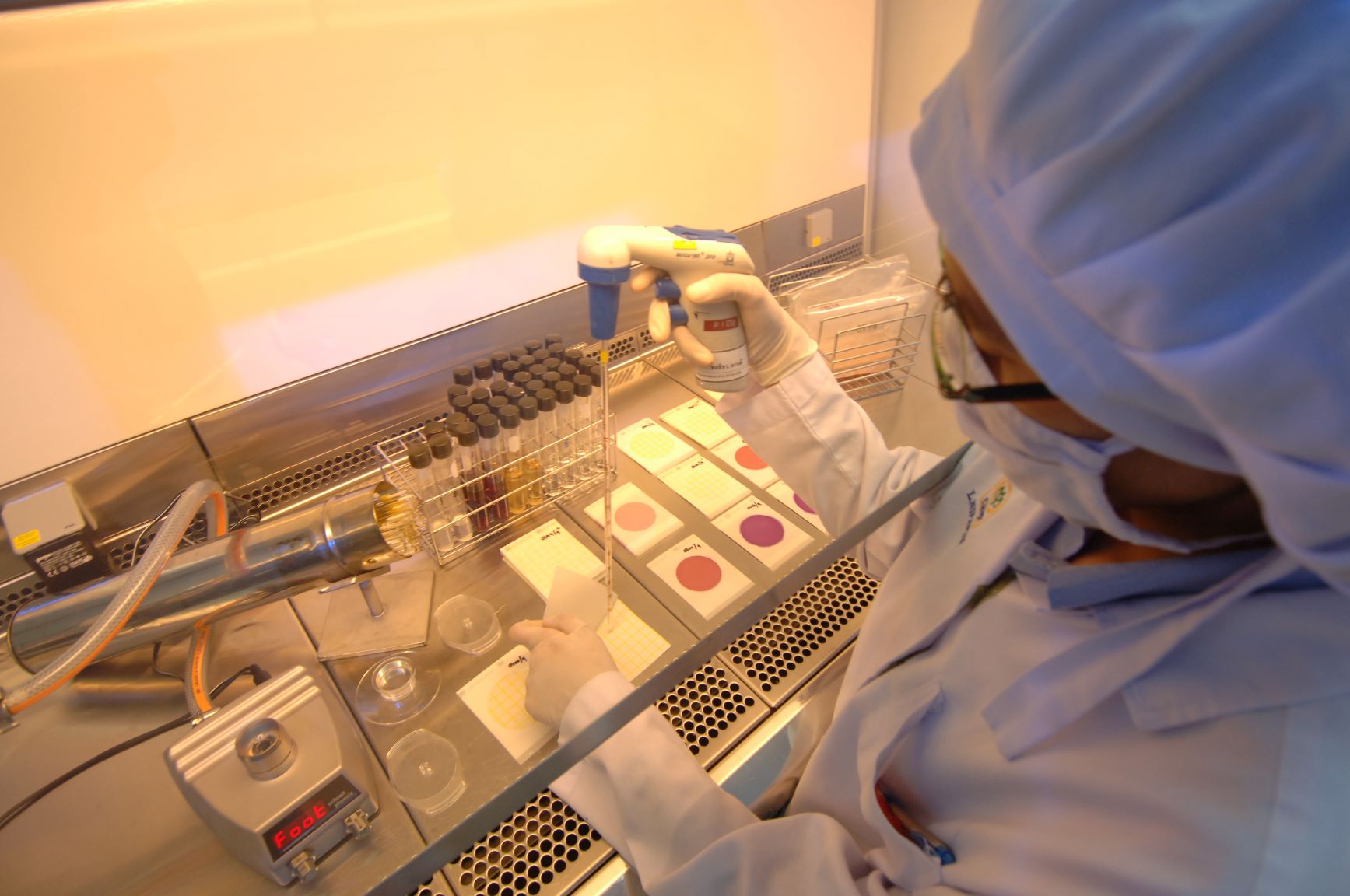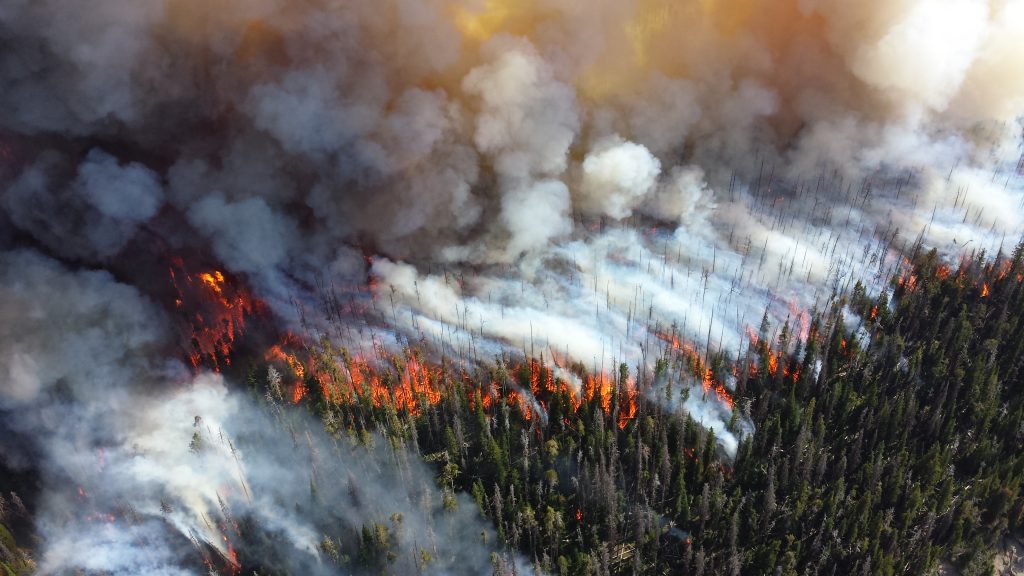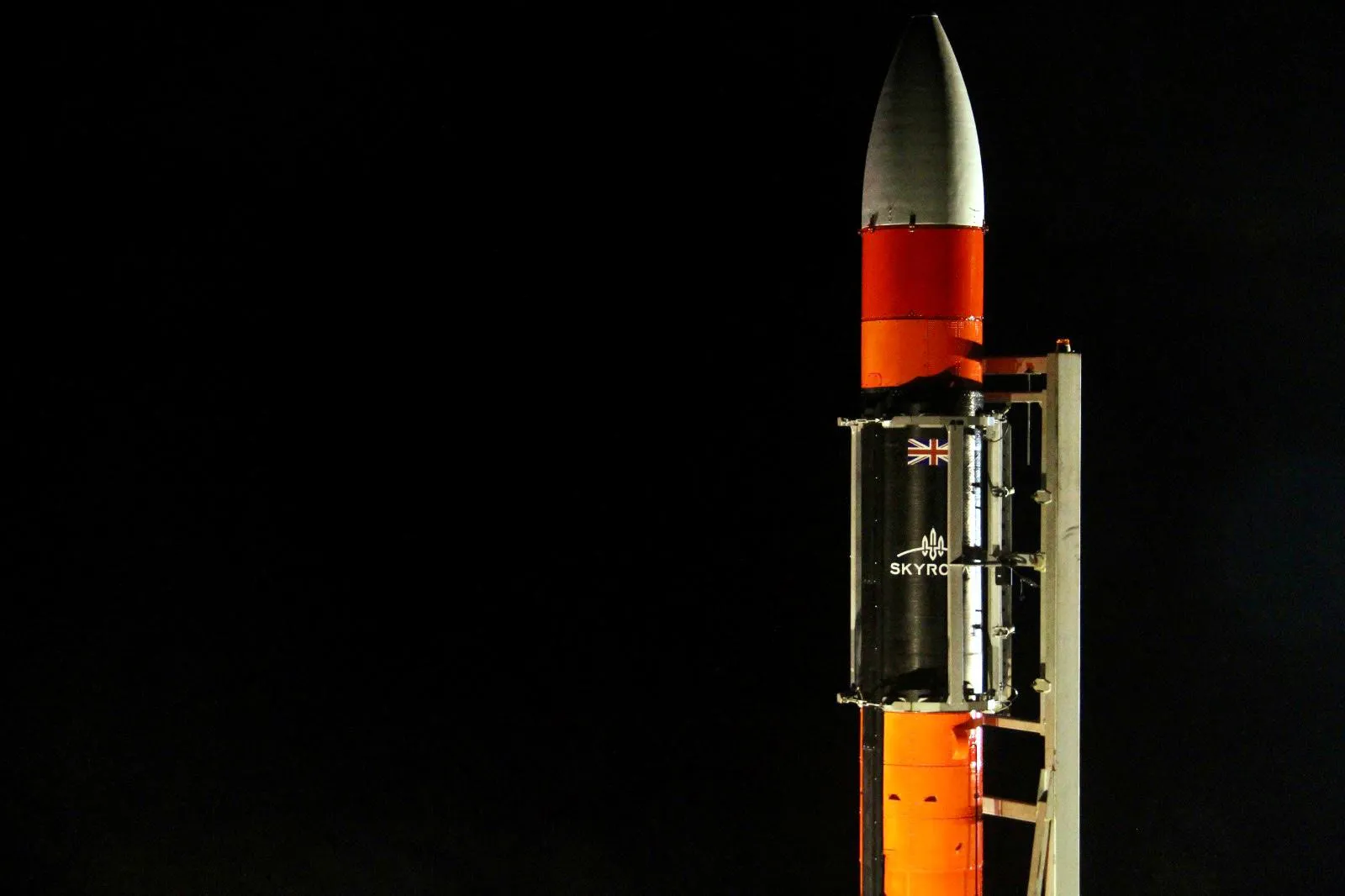Volcanoes from space

Four decades after the notorious eruption of Mount St.Helen, researchers are one step closer towards developing the necessary tools that may unlock the ability of forecasting these devastating volcanic events. What are the three essential data streams scientists count upon in order to identify a pattern? Let’s have a closer look.
Bad reputation
To start on a positive note, even though it may seem counter intuitive, volcanic eruptions are not always bad. Apart from creating new lands, beautiful landscapes, hot springs or mineral deposits, volcanoes have also produced some of the most fertile soils found of Earth, as their ash is filled with varying soil nutrients and is easily dispersed upon eruption. Minerals high in iron, magnesium and potassium, such as amphibole and feldspar which are known to improve the fertility of the land, are also expelled during volcanic events and slowly absorbed into the soil. Additionally, volcanoes have played a crucial role in sporadically cooling off the planet, as a result of ash and sulphur dioxide compounds being deposited into Earth’s atmosphere and reflecting incoming solar radiation. Nonetheless, the most important contribution of Earth’s volcanoes is definitely shaping the type of atmosphere that enabled the evolution of complex oxygen-breathing lifeforms. Simply put, without volcanoes Earth as we know it would not exist. And neither would we.
Ground, air, space
The three main types of data that help scientists build accurate volcano models for further pattern analysis come from: ground-based sensors that can monitor the movements of molten rock below the surface, gas-measuring devices that can be equipped on flying drones, and lastly but equally important, a flood of satellite data able to detect the subtlest of mountain motions. Today, the field of volcanology is being revolutionised by the possibility of combining these ground- and space-based observations with the latest computing power. As a result, links and patterns within the data-stream can easily be recognised with the help of machine learning algorithms, which have now captured the attention of scientific communities around the world. What researchers hope to achieve is the identification of early volcanic eruption signs months before the occurrence of an event, and be able to assess the likelihood of an eruption in a specific period of time, similar to how meteorologists predict the probability of rain in a given time-frame.
Satellites to the rescue!
Satellites play a key role, as they can monitor thermal and gas emissions, as well as movements in vertical and horizontal motions, thus witnessing all the steps that lead to an eruption. In Michael Poland’s words, scientist-in-charge at the USGS Yellowstone Volcano Observatory in Vancouver, Washington: “As volcanologists, we always used to say that we were data poor, but now the satellite data really expand our ability to see what volcanoes are doing.”. With the launch of ESA’s Sentinel 1A and 1B radar satellites, the field of volcanology received a large boost, as the spacecrafts can monitor volcano movements at unparalleled resolution and at regular time intervals. Being equipped with interferometric synthetic-aperture radars, the satellites can observe sub-centimetre deformations, thus allowing scientists to observe the entire swelling process of a volcano.
Studies based on 17 years of satellite data have shown that changes in temperature, sulphur dioxide emissions and movements are sometimes observed years before an eruption event. Due to the high amounts of available data, researchers are using machine learning techniques in order to identify patterns in the data-flow. As an example, a neural network developed by Juliet Briggs and her colleagues at the University of Bristol has pointed out 100 images, out of 30,000 Sentinel I images of over 900 volcanoes, as requiring further attention. After additional investigation it was concluded that 39 of the 100 images displayed real ground disturbances, concluding that the algorithm decreased the scientist’s workload by almost a factor of 10.
Even though a volcanic forecast similar to the meteorological one is still far away, the combination of satellite data and AI is a valuable method in attracting much needed focus towards potential hazards, in order to prioritise the installation of ground monitoring equipment. In other words, remote sensing provides useful information in a safe manner and takes research one step forward in its quest towards prediction.
References
1. Aiuppa, A., et al., 2010. Unusually large magmatic CO2gas emissions prior to a basaltic paroxysm. Geophysical Research Letters, [online] 37(17). Available at: https://agupubs.onlinelibrary.wiley.com/doi/full/10.1029/2010GL043837 [Accessed 10 September 2020].
2. Palmer, J., 2020. [online] Media Nature.Available at: https://media.nature.com/original/magazine-assets/d41586-020-01445-y/d41586-020-01445-y.pdf [Accessed 10 September 2020].
3. Palmer, J., 2020. The new science of volcanoes harnesses AI, satellites and gas sensors to forecast eruptions. Nature, [online] 581(7808), pp.256-259. Available at: https://www.nature.com/articles/d41586-020-01445-y [Accessed 10 September 2020].
4. ScienceDaily. 2007. Volcanoes Key To Earth's Oxygen Atmosphere. [online] Available at: https://www.sciencedaily.com/releases/2007/08/070829143713.htm [Accessed 10 September 2020].
5. Williams, M., 2016. What Are The Benefits Of Volcanoes? - Universe Today. [online] Universe Today. Available at: https://www.universetoday.com/32576/benefitsof-volcanoes/ [Accessed 10 September 2020].



